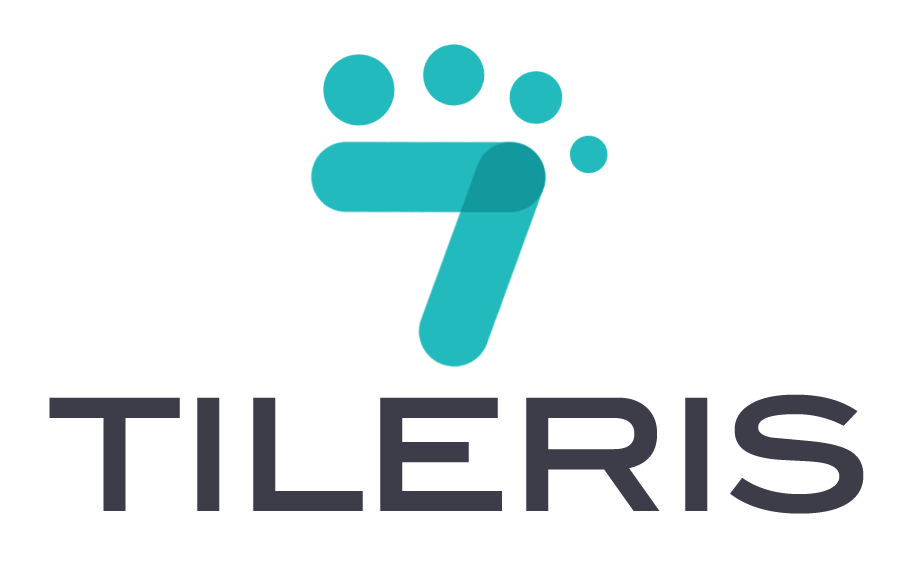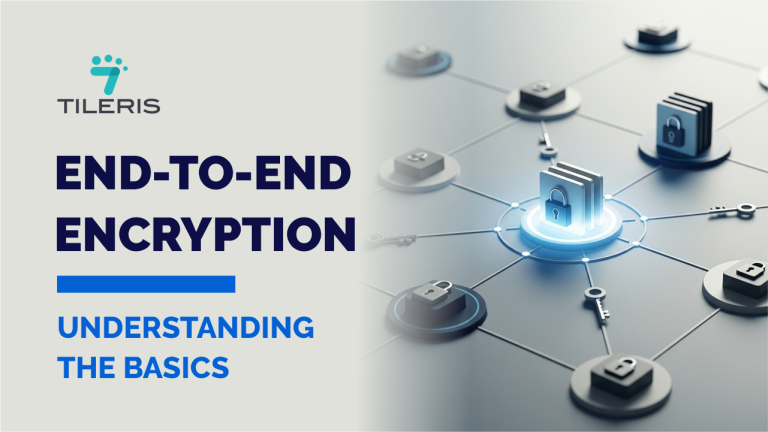How To Use Public WiFi Safely: 12 Essential Security Tips
INTRODUCTION
In today’s hyper-connected world, how To Use Public WiFi Safely is now very important now that public Wi-Fi networks have become as common as coffee shops, hotels and airports. While these free internet connections offer convenience, they also present significant security risks that can compromise your personal data, financial information, and digital privacy. Understanding public wifi safety tips is important for anyone who regularly connects to these networks, whether you’re a business traveller, remote worker, or casual internet user.
The proliferation of public WiFi hotspots has created a digital minefield where cybercriminals actively hunt for unsuspecting victims. Without knowing the proper public wifi safety tips, your device becomes vulnerable to various attack vectors including man-in-the-middle attacks, packet sniffing, and malicious hotspot creation. This guide will equip you with 12 essential security measures to protect yourself while maintaining the convenience of public internet access.
Public WiFi Vulnerabilities
Public Wi-Fi networks operate on shared infrastructure, making them inherently less secure than private networks. Unlike your home WiFi, which typically uses WPA2 or WPA3 encryption, many public networks either use outdated security protocols or no encryption at all. This creates an environment where malicious actors can easily intercept data transmissions between your device and the network router.
The most common threats include:
- Man-in-the-Middle (MITM) attacks: Cybercriminals position themselves between your device and the network, intercepting all data transmissions.
- Packet sniffing: Attackers use specialized software to capture and analyse data packets traveling across the network.
- Evil twin attacks: Fraudulent hotspots that mimic legitimate networks to steal credentials and personal information.
- Session hijacking: Unauthorized access to your online accounts through stolen session cookies.
12 ESSENTIAL SECURITY TIPS TO USE PUBLIC WIFI SAFELY
1. Use a Virtual Private Network (VPN)
A VPN creates an encrypted tunnel between your device and the internet, making it one of the most effective public wifi safety tips available. When you connect through a VPN, all your data is encrypted before leaving your device, rendering it unreadable to potential eavesdroppers. The choice of a reputable VPN service comes with one that offers:
- Strong encryption protocols (AES-256)
- No-logs policy
- Kill switch functionality
- Multiple server locations
- Fast connection speeds

2. Verify Network Authenticity
Before connecting to any public WiFi, always verify the network name with establishment staff. Cybercriminals often create networks with names similar to legitimate ones, such as “Starbucks_WiFi” instead of “Starbucks WiFi.” This simple verification step is among the most overlooked public wifi safety tips that can prevent you from falling victim to evil twin attacks.
3. Disable Auto-Connect Features
Modern devices automatically connect to previously used networks when set to connect automatically, which can be dangerous in public spaces. Disable auto-connect features for WiFi networks to ensure you manually choose which networks to join. This prevents your device from automatically connecting to malicious networks with familiar names.
4. Enable Two-Factor Authentication (2FA)
Two-factor authentication adds an extra security layer to your accounts, making them significantly harder to compromise even if your credentials are intercepted. Enable 2FA on all important accounts including email, banking, social media, and cloud storage services.
5. Use HTTPS Websites Only
Always ensure websites use HTTPS encryption before entering sensitive information. Look for the padlock icon in your browser’s address bar and avoid sites that only use HTTP. Many browsers now warn users about unsecured connections, making this one of the more accessible public wifi safety tips to implement.
6. Turn Off File Sharing and AirDrop
Disable file sharing, AirDrop, and similar features when connected to public networks. These features can expose your device to other network users and potentially allow unauthorized access to your files. Set your device to “not discoverable” or “private” mode.
7. Keep Software Updated
Regularly update your operating system, applications, and security software. Updates often include patches for newly discovered vulnerabilities that cybercriminals might exploit. Enable automatic updates when possible to ensure you’re always protected with the latest security features.
8. Use Mobile Hotspot When Possible
When security is paramount, consider using your smartphone’s mobile hotspot instead of public WiFi. While this consumes your mobile data, it provides a much more secure connection for sensitive activities like online banking or accessing confidential work documents.
9. Avoid Sensitive Transactions
One of the fundamental public wifi safety tips is to avoid conducting sensitive transactions over public networks. This includes online banking, shopping with credit cards, accessing confidential work documents, or entering passwords for important accounts. Save these activities for secure, private networks.
10. Monitor Your Accounts Regularly
Frequently check your financial accounts, credit reports, and online accounts for suspicious activity. Early detection of unauthorized access can minimize damage and help you respond quickly to potential security breaches. Set up account alerts for unusual login attempts or transactions.
11. Use Firewall Protection
Enable your device’s built-in firewall or install a reputable third-party firewall application. Firewalls monitor incoming and outgoing network traffic, blocking potentially malicious connections and providing an additional layer of protection against network-based attacks.
12. Log Out Completely
When finished using public WiFi, log out of all accounts and disconnect from the network. Clear your browser cache and cookies to remove any session data that might be exploited. This final step in our public wifi safety tips ensures that no residual connection information remains on your device.
Improved Measures for Security
Beyond the basic public wifi safety tips, it is great to consider implementing additional security measures for enhanced protection:
DNS Security: Use secure DNS services like Cloudflare (1.1.1.1) or Google Public DNS (8.8.8.8) to prevent DNS hijacking attacks.
Browser Security Extensions: Install reputable security extensions that can detect and block malicious websites, track blockers, and HTTPS enforcement tools.
Endpoint Detection: For business users, it is very important to consider endpoint detection and response (EDR) solutions that can identify and respond to threats in real-time.
Recognizing Common Attack Scenarios
Understanding how cybercriminals operate can help you better implement public wifi safety tips:
The Coffee Shop Trap: Attackers set up fake hotspots near popular venues with names like “Free_Coffee_WiFi” to lure unsuspecting users.
The Airport Ambush: Busy airports are prime targets for cybercriminals who create multiple fake networks mimicking legitimate airline or airport WiFi.
The Hotel Hustle: Travelers often fall victim to fake hotel WiFi networks that capture login credentials and personal information.
Industry Standards and Compliance
Organizations handling sensitive data must adhere to various compliance standards when using public networks. The Payment Card Industry Data Security Standard (PCI DSS) specifically addresses secure transmission of cardholder data, while the General Data Protection Regulation (GDPR) requires organizations to implement appropriate technical measures to protect personal data.
Mobile Device Security Considerations
Mobile devices face unique challenges on public WiFi networks. Implementing these public wifi safety tips specifically for mobile users:
- Disable WiFi scanning and location services that might connect to nearby networks
- Use mobile device management (MDM) solutions for business devices
- Regularly review and revoke app permissions that might access network data
- Enable device encryption and remote wipe capabilities
Creating a Personal Security Policy
Develop a personal cybersecurity policy that includes:
- A checklist of security measures to implement before connecting to public WiFi
- Guidelines for what activities are acceptable on public networks
- Emergency procedures if you suspect your data has been compromised
- Regular security audits of your devices and accounts
Conclusion
Public WiFi security requires a proactive approach combining technical safeguards with informed decision-making. By implementing these 12 public wifi safety tips, you significantly reduce your risk of falling victim to cyber attacks while maintaining the convenience of staying connected on the go.
Remember that cybersecurity is an ongoing process, not a one-time setup. Stay informed about emerging threats, regularly update your security practices, and always err on the side of caution when dealing with sensitive information on public networks. The convenience of free WiFi should never come at the cost of your digital security and privacy.
To take your cybersecurity to the next level, download our free security checklist with simple steps to stay protected online, and visit tileris.com for more content like this. For hands-on support, contact us for a free consultation with our AI agents and experts, or request a demo through our contact form to see Tileris in action.







